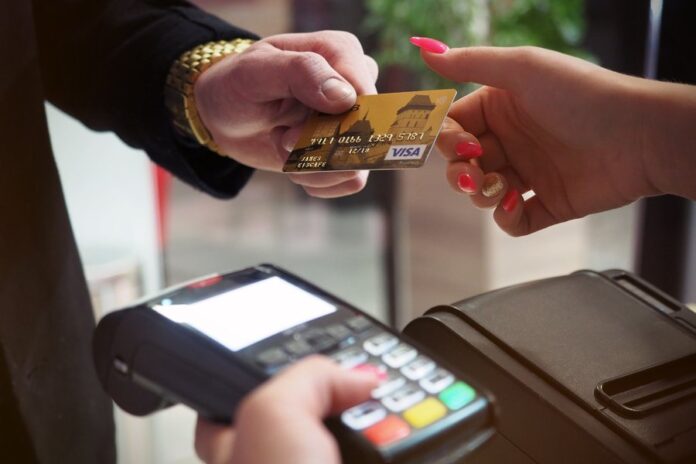2020 has been a year of unprecedented uncertainty, and with everything changing in such unpredictable ways, the trends for payment processing might just be an oasis of clarity as we can see some definitive direction taking shape.
A large part of this is the rapid advancements in technology, and the increasing efforts of companies to streamline both the consumer and merchant experience when it comes to payments.
It is beneficial to be proactive and be aware of what to expect, especially when it concerns your business finances.
In this article, we will talk about the expected changes and how to prepare for them.
#1 A Little More Trouble for Payment Providers
Due to more options to send and receive payments, businesses will have to work harder to meet compliance requirements.
There is a need for governing bodies to keep an eye on financial institutions especially in the current scenario where financial organizations are going bankrupt.
The disgraced German payments firm, Wirecard, went from tech star to bankrupt after getting embroiled in scandal. Such cases highlight the need for stringent rules.
We might see ‘Compliance as a Service’ model find more success. Businesses may wish to integrate these services deeper into payments to ensure they remain compliant.
#2 Open banking will be the new normal
The closed banking system has dominated the payment processing industry all around the world for years. It is an all-in-one platform that lets you control the entire buying experience.
This system is gradually being phased out due to new platforms popping up over the internet. Many virtual platforms have found acceptance and are being used by big and small businesses. We are also seeing the open banking system grow.
It is a collaborative model that involves the sharing of banking data through a number of APIs between multiple unaffiliated parties.
APIs have been used for years in this industry to connect developers to companies like Mastercard and Visa and to present billing details on websites. However, now companies are interested in using this model to transfer money.
The entire buying and paying process takes place in an open ecosystem, thus you are not confined to a specific platform in order to make your payments.
Open banking offers an improved customer experience and new revenue streams. Experts believe it can be a sustainable service model for markets that are still unserved or underserved.
Large banks in the US have already started to make large deals with individual partners to create a workable model.
#3 Say hello to no-contact payments
No contact payments are the future.
Some experts argue that there will be no physical payments in the future because everything will be online.
We’re already seeing a surge in no-touch payments due to the global pandemic. Buyers and sellers are extra careful and no-contact payments are being encouraged by health experts and embraced by consumers.
Buyers have the option to use digital wallets, digital coins, and barcodes to make payments.
About 27 percent more customers in the US are using Apple Pay and the number of users opting for mobile payments will increase once WhatsApp makes the service available to consumers in the US.
#4 Cross-border eCommerce will rule
Cross-border payments hit the $144 billion mark in 2014. The industry is expected to reach $240 billion by 2024.
Amazon is already an international name and thanks to drop shipping some small sellers have also started to go beyond borders.
Financial institutions must face the burden of making cross-border payments seamless and fast.
Internet wallets and cryptocurrencies seem to have solved the problem to an extent, but they are not available all around the world. Plus, some of these options lack transparency, which is a top priority for firms that make international payments.
American Express found that 64 percent of businesses want the ability to track payments in real-time and 47 percent want visibility into deductions and costs.
#5 Remittances will continue to increase
Increased remittances are on the rise, which is a major reason why banks and companies are working to come up with a faster solution. The concept of working abroad is getting popular.
Countries like Canada and Australia are facing a shortage of skilled workers. Their only option is to import human capital.
According to a World Bank report, remittances to middle and low-income nations reached the $529 billion mark in 2018.
Senders and receivers want faster payments and banks have no option but to improve how they cater to such individuals.
“The pain point was that the customer never knew when the money [would arrive], when the beneficiary [would] get the money or the fees,” said Khun Sarintorn, VP for Thai organization Kasikornbank.
“We asked, ‘How can we achieve full payment so the beneficiary can get the money in full … and the senders know how much they’re going to be charged and [everyone] knows exactly when it gets there?’” she added.
Trends in 2020 for payment processing
Merchant services will continue to evolve as technologies and expectations change. We are heading towards a future where payments will be faster, more secure, more transparent, and hopefully more affordable.






















